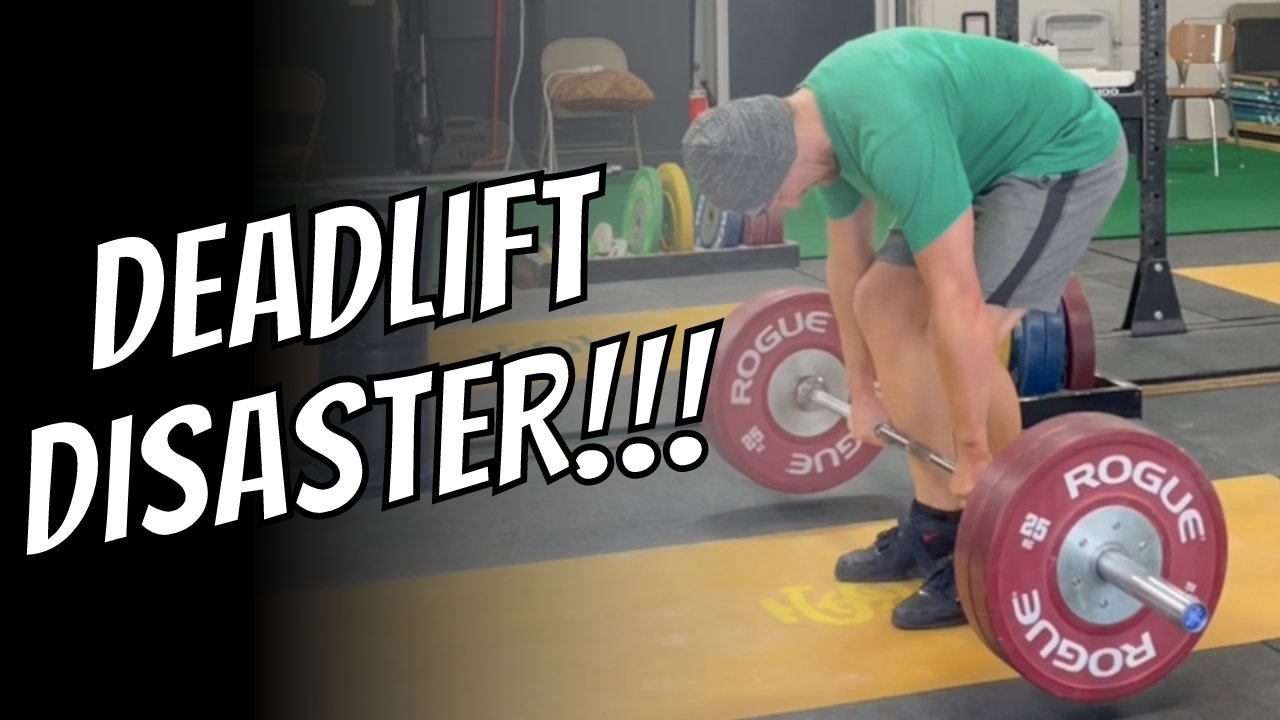The Mistake That is KILLING Your Deadlift! | How to Set Your Back: Part 4
/The Problem
You don’t want to look like the fool in Figure 1 when you’re deadlifting. After all, before you pull the barbell off the floor, you want your back to be in flat, rigid extension, so with this in mind, welcome back to our series on how to accomplish exactly that.
figure 1: no one should look like this . . . it’s just hideous.
In Part 1 of this series, we covered the cue “squeeze your chest up,” which is included in the 5-step setup for the deadlift, in Part 2, we talked about “pushing your belly down between your thighs,” and in Part 3, we discussed the cue “wrinkles in your shirt.” However, if those concepts and cues aren’t working for you, try today’s cue on for size . . .
Cue #4: Point Your Rectum at the Wall
Is this an anatomically blunt cue? Absolutely, and if you’re surprised by this one, stick around to the end of this article for a related cue that’ll make your mind . . . explode.
In the meantime, being blunt is exactly the point of this cue (I’d recommend watching the included video). You’re focusing on something very specific, telling yourself to point it in a very specific direction, and thus giving yourself a very specific task to accomplish.
Point your rectum at the wall behind you.
This gets across the idea that there should be a slight tilt of the hips (i.e., anterior pelvic tilt) to accomplish the task of setting your back. After all, you don’t point your rectum at the wall by raising your butt but rather by a slight forward tilting of the pelvis.
Another Way to Cue Yourself
My favorite version of this cue - a bit crude, but extraordinarily memorable - is as follows:
If you have explosive diarrhea, you need to spray the wall behind you - not the floor.
Figure 2: Becky sets her back nicely, but milo and parker are not fans of this cue.
A rather colorful concept, to be sure, but it often does the job nicely . . . especially if you have the sense of humor of a 14-year-old boy. Either way, whether you point your rectum at the wall or try to spray the wall, we hope this assists you in your quest for a better, stronger deadlift.
We’ll be back for Part 5 in the near future, and as always, we hope this helps you get stronger and live better.
(Some links may be affiliate links. As an Amazon Associate, Testify earns from qualifying purchases.)











